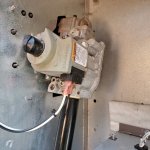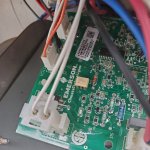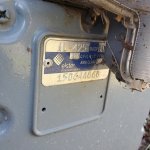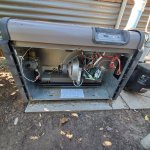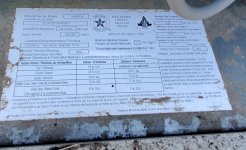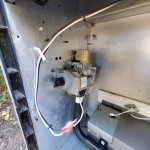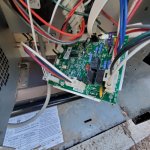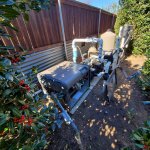Looking for ideas – IF error. Hayward W3H400FDN. Symptoms – runs sensor checks, fan spins up, ignitor glows, gas flows, but no flame (no heat at vent and no whoosh from burner light-off). Runs 3x then IF failure. I took Omni-logic connections off to eliminate this as an option.
What I have done:
What I have done:
- Replaced gas valve (works, have verified flow during ignition cycle & 24V AC @ valve)
- Replaced hot-surface ignitor
- Replaced Flame sensor
- Checked voltages and fuses
- Tested flame sensor with torch
- Removed and cleaned burners and gas orifices
- Tried two Amazon “like-new” circuit boards – both had different failure (fan didn’t run , i.e. both were worse than my existing PCB)


